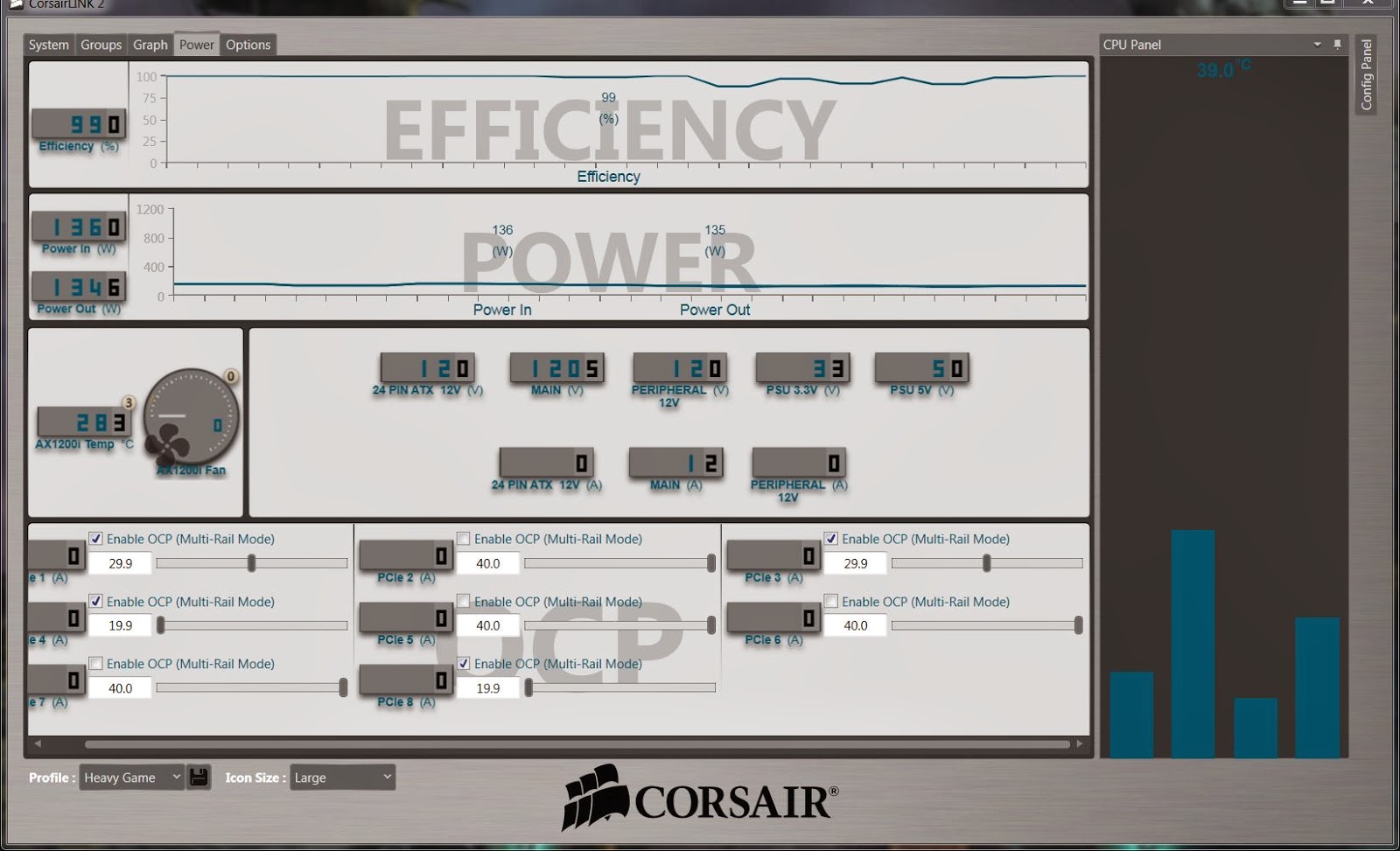More Examples in the bottom.
Materials you will need
A small sheet of Mirror. I got mine off my local art store for $13 bucks, I went for the solid item because reflective vinyl is too thin and flimsy so I need it to be solid.
-I gave my measurements to a professional at Cascade Glass in Calgary to cut because I didn't have time ($21 after tax) , but if you are keen you can follow this guide to use a table saw: How to cut Glass with a table saw
1 ' x 12 1/4" where 1' was a little over twice the width of the bezel and 12 1/4" is the full flesh height of the monitors after I removed the cover from the previous tutorial.
Black Electrial Tape (BET)and Scissors
This thing is staple
Procedure
I'm only going to show how one side is done since it fairy obvious that the other side will be done in the same way only with accordance to where the mirror will be facing.
Cut out five straps of BETs at 3 inchss and four at 2 inches.
Now I do the same thing with 2 more tapes at the botem applied at different angles to get more grip and one more tape at the top.
Five 3 inch straps
Four 2 inch Straps
Now take one of the 3 inch straps and lay it out flat sticky side up.
Place the mirror about a little under a cm from the end and in the middle of the side ontop of the tape like so.
Put the short end up against the edge.
Now fold in the short sides
Finsh the Cup by wrapping up the bottom.
Complete the other end of the mirror in the same way using another one of the 3 inch tapes
Now you are ready to apply it ontop the monitor. I spread the displays apart so it won't get in the way as I secure the top lightly at first just so I have something to hold on to before I fassen the bottom, While constently adjusting to eventually get a vision I'm comfortable with.
Top
Bottem
Now I do the same thing with 2 more tapes at the botem applied at different angles to get more grip and one more tape at the top.
More tape to wrap around the back like so.
now I cut out angles out of the 2 inchs tapes I have before
And apply them to the bottom and top as shown; carful now to toped the displays or any part of the mirror that would have content to be reflected.
So a brief Disclaimer, This isn't a perfect solution, but it takes the least time to do and is the least expensive for something that sometimes works, you will clearly see the distortions, but its stable, and does make things a little bit better. On a flat plain it will be unoticable, but as soon as there are any angles it will be noticed but for such a short span (that 1cm of bezel you are covering) you can eventually forgive, or maybe even forget its there, to complete the immersive experiance like a full length mirror.
Hawken (Free on Steam)
RacingRoom Racing Experience (Free on Steam)
Guild Wars 2 (Pay once no sub ever)









































